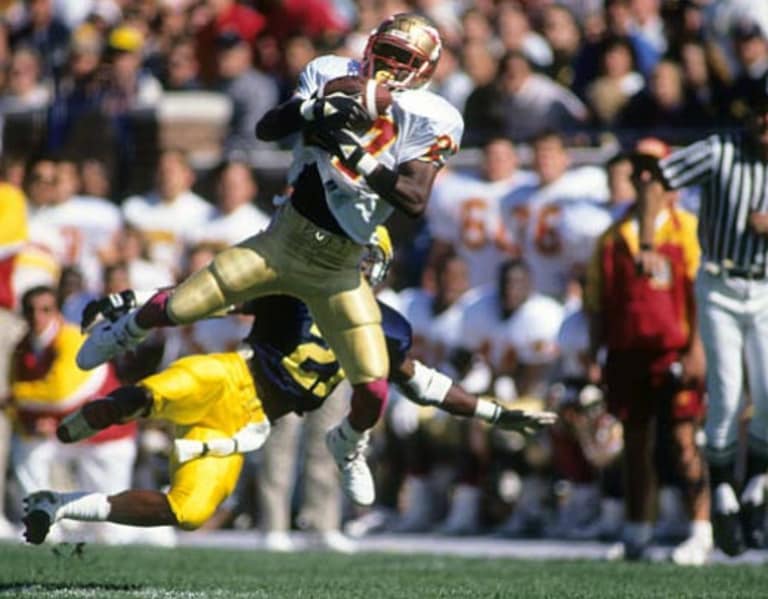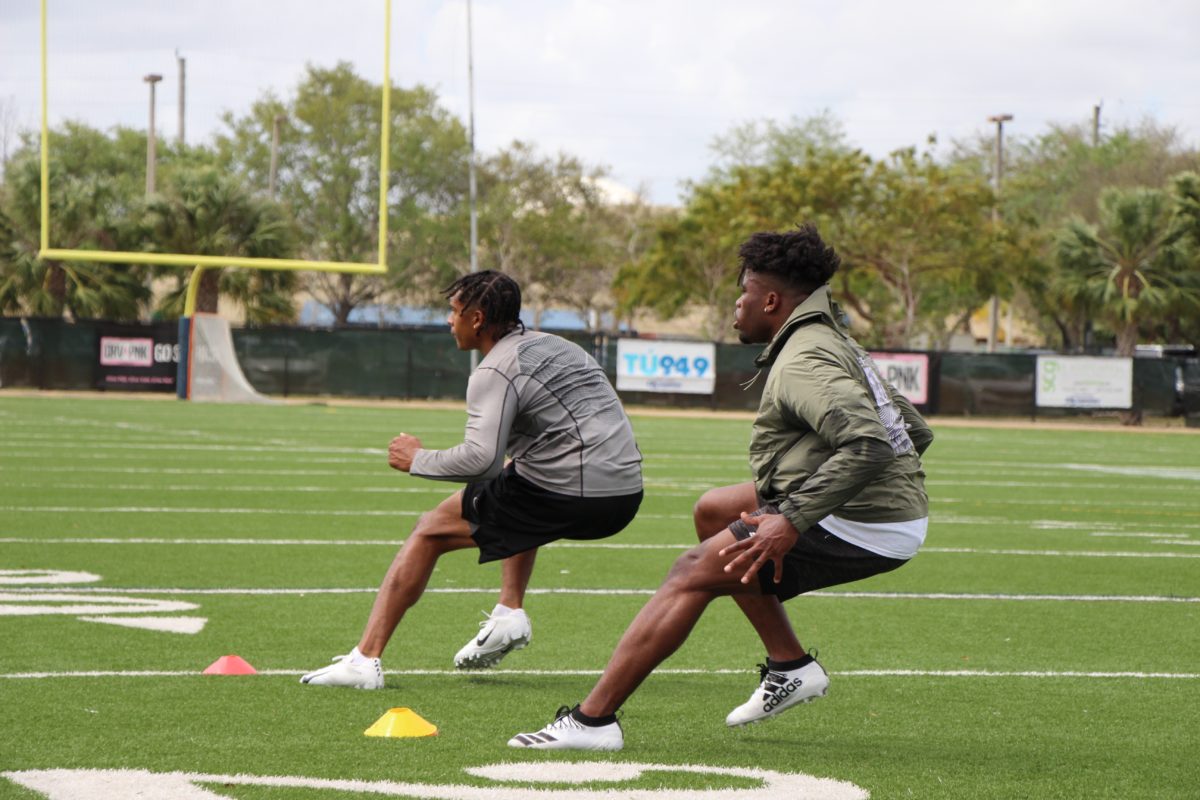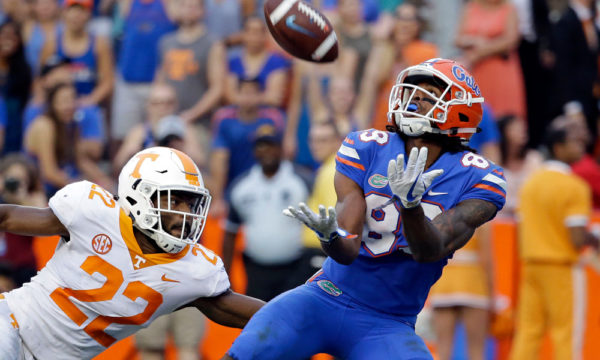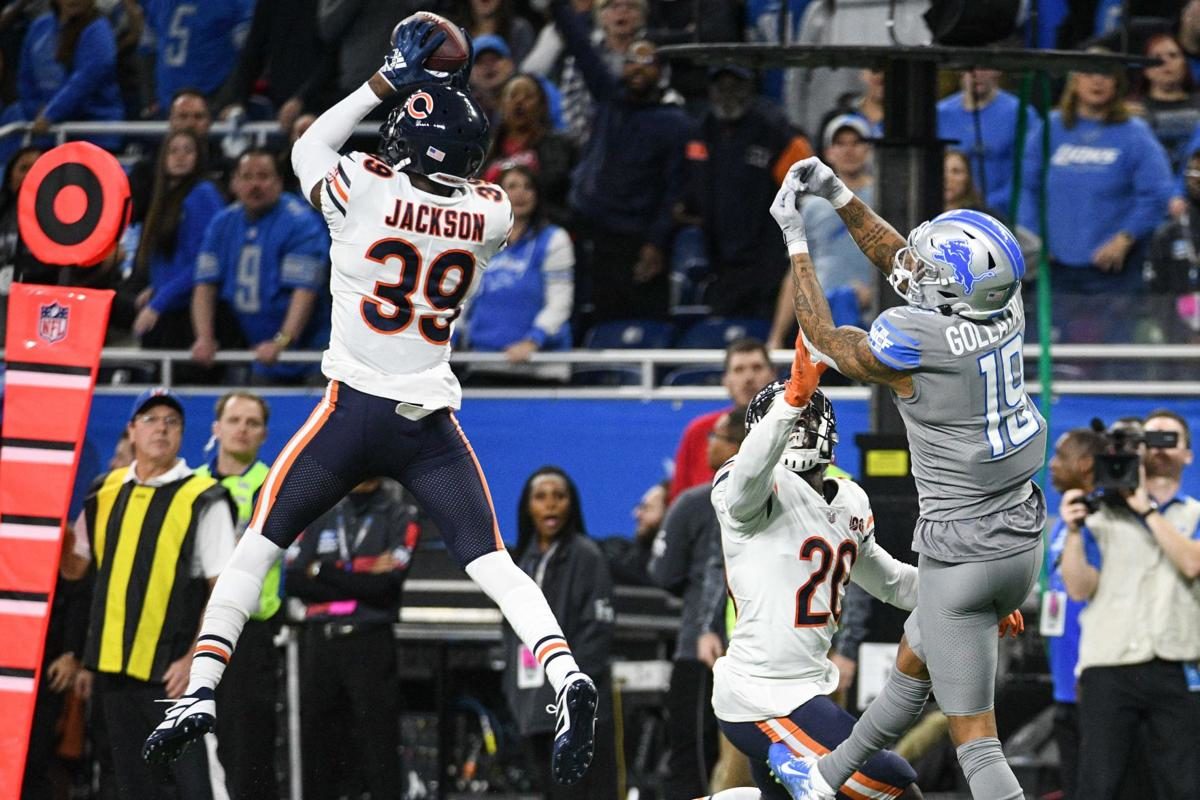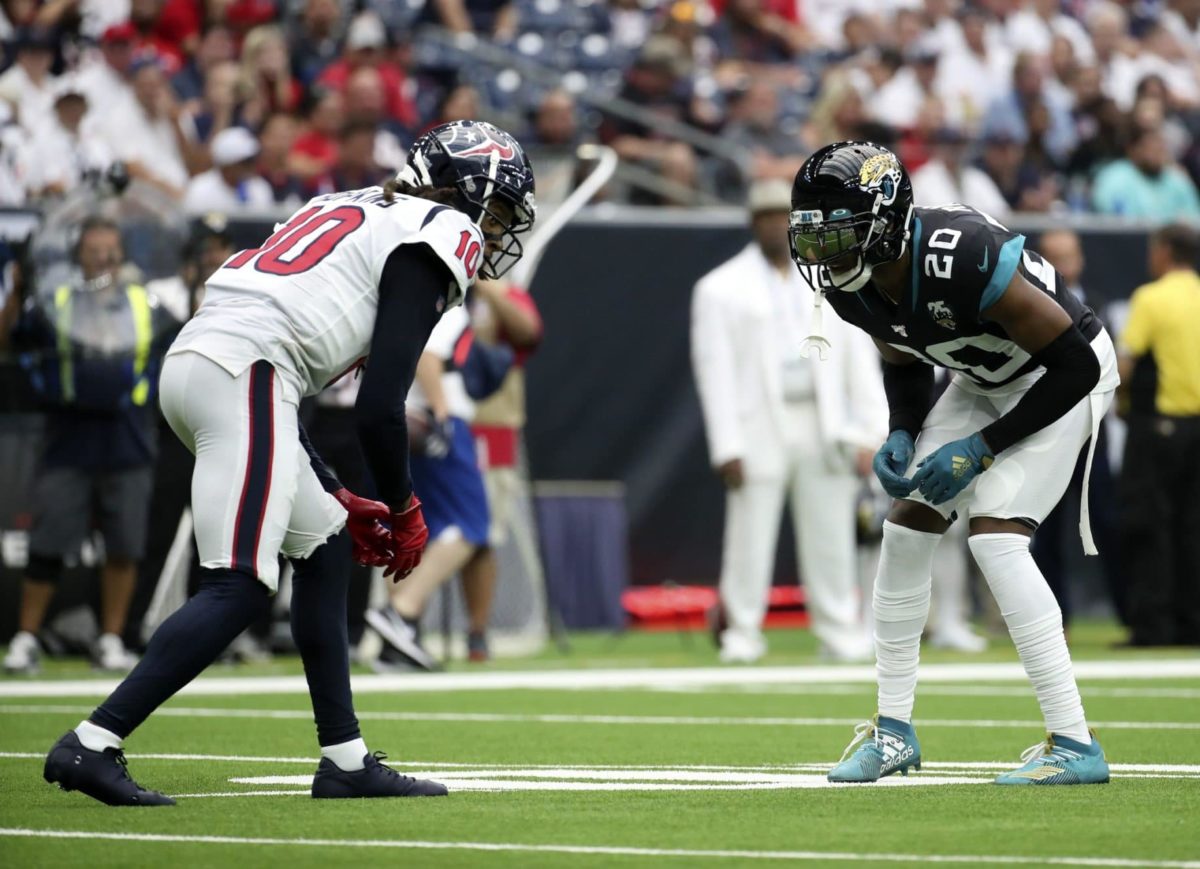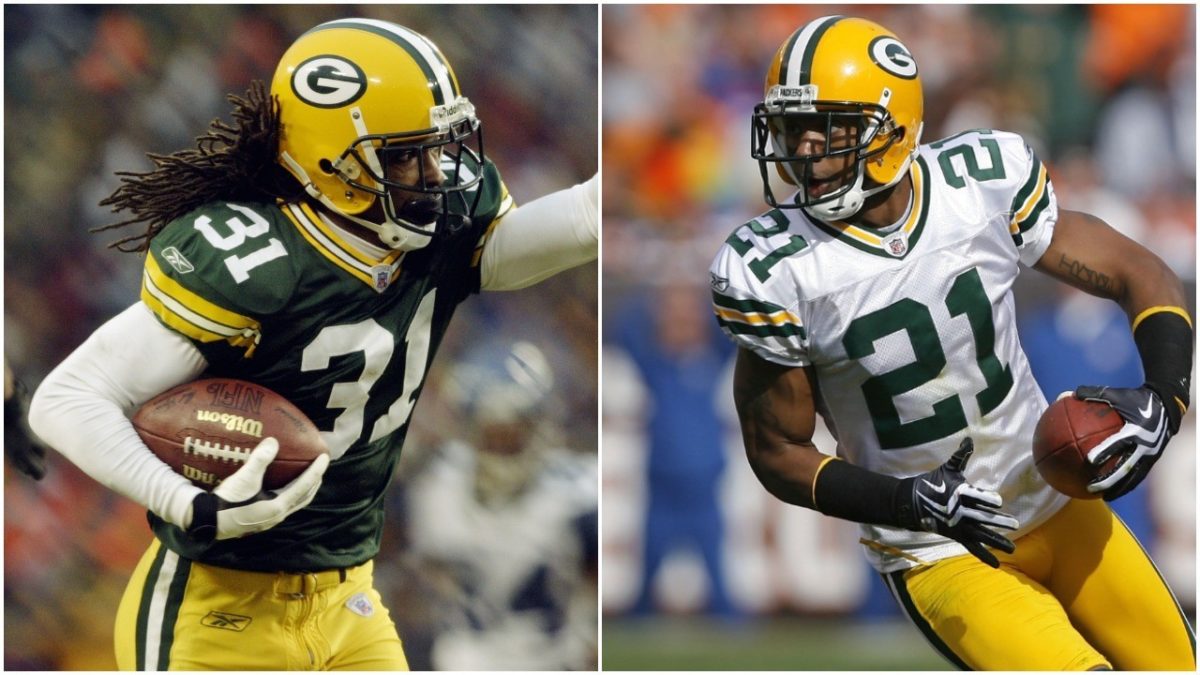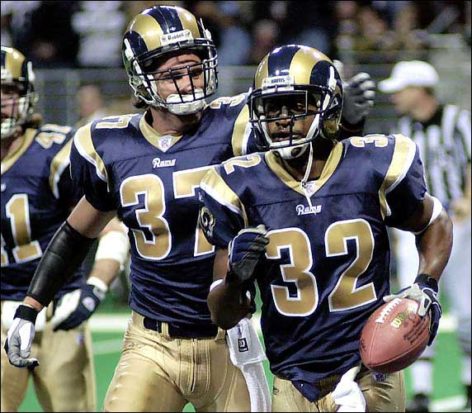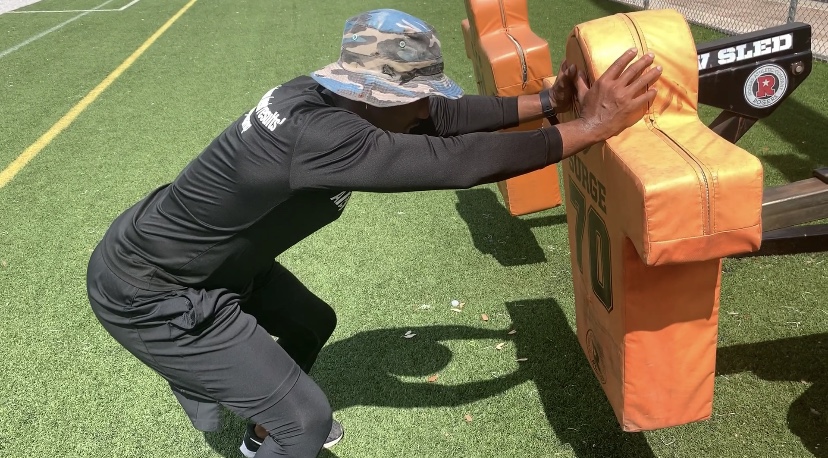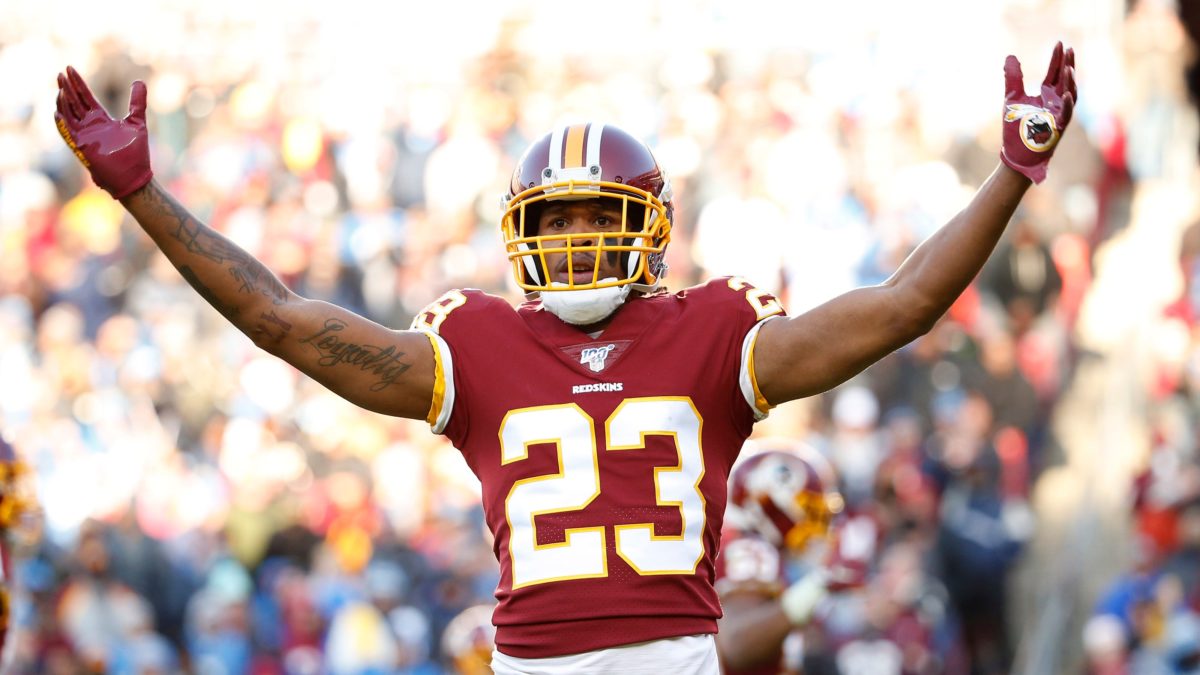Press man has been the rage for about two decades now. Talk to a young cornerback and he’ll tell you that if you don’t play press man as a cornerback then you are faker than a $2 bill.
Ask any cornerback with some experience though and he’ll tell you a real cornerback can play both press man and off man. When I go to 7on7 events and camps to evaluate young cornerbacks, the first thing I look at is who is not afraid to play off the ball and who actually knows how to play off the ball. What those two things tell me is that the player has been coached and knows something. Just about any kid can go out to the park and play press man with their group of friends. Any coach can go tell you to get up in a guy’s face and press him. They don’t even have to tell you how to do it right and you don’t even have to do it right because just about everyone is doing it.
Now when I see a defensive back play off man with poise, control and IQ I know we are dealing with a true servant of the position. So with that in mind, the question is, how do you play good off man coverage? I have a few things that will help you greatly.
(1) Improve Footwork
One of the number one reasons that guys don’t like playing off man is because they are not confident in their footwork. Most guys are at the park trying to stab a wide receiver in the chest the moment he moves. Few guys go out and really work on their back pedal. That back pedal is going to be essential for you to maintain your cushion on the wide receiver as he pushes down the field.
Even less guys work on their weave which is your ability to remain in your backpedal while moving laterally. Having a good weave allows you to handle the stem of a wide receiver who is attacking your leverage.
If guys aren’t working their backpedal then there’s little chance that they are working on their breaks out of the back pedal. When that wide receiver breaks off his route while you are in your pedal or even when you turn out of it, you better know the proper way to stick your foot in the ground and get to his hip.
Finally, turning out of a backpedal has provided some pretty good blooper tape for untrained defensive backs. It looks simple but there is an art to doing it smoothly and with precision. Working the turn consistently happens to be the best way to get good at it. Raise your hand if you are shocked by me saying that.
If you click on the highlighted links in this first paragraph, you will be taken to my basic tutorial videos on those elements of footwork that you will need.
(2) Develop Eye Discipline
This happens to be the hardest part. Most poor coverage examples that you will see during a game at any level will start with a break down of the defensive back’s eye discipline.
Most defensive backs don’t train their eyes. First because they don’t know how, second because it’s difficult to do on your own. Basically, human beings have a tough time seeing their eyes while they are using them to see. Crazy, I know. So the best way to get the eyes trained is to have someone there watching your eyes and giving you feedback.
If you do find yourself training alone quite often then have no fear. You can still train your eyes. To do so, you are going to have to focus on them. It’s tough as you want to focus on other easier things to evaluate during your drills like your feet and your hands. You can see them but your eyes and feet take orders from your brain who collects data from your eyes. It’s vicious cycle. When you are training be aware of what you are looking at. Sometimes just let your feet go on auto-pilot. You’ve been focusing on them all your life, let them do their thing while you pay extra attention to what your eyes are doing. So, for instance, if you are working a W drill, pretend that you are looking at the quarterback as you are back pedaling then as soon as you break turn your eyes to the cone and pretend that it is the WR. Some day soon, I will make either a video or write an article about eye training. It’s the least I could do as the owner of a company called All Eyes DB Camp.
(3) Study Film
Sometimes after all the footwork and eye training it’s just great to have an idea of where a guy is going to go. No great DB has ever been great without having some power of anticipation. The only way to develop anticipation is by watching film of your enemy (also known as the offense). One can not predict the future without studying the history. An offenses’ film is their history and believe me, it has a habit of repeating itself.
Carefully studying not only wide receivers but quarterbacks can give you some clues as to what may be coming. Being able to eliminate certain routes either before the snap or within the first second or two of a play gives you a great advantage. Now your footwork is smoother and your eyes work better when things are unfolding the way you expected.
Yes, I know, the current football society doesn’t reward you for playing off man but for the sake of the longevity and legitimacy of your football career, take an interest in learning how to play man to man seven yards off the ball. Your coach will love you for it and I’m giving you the permission to tell him it was all your idea.

